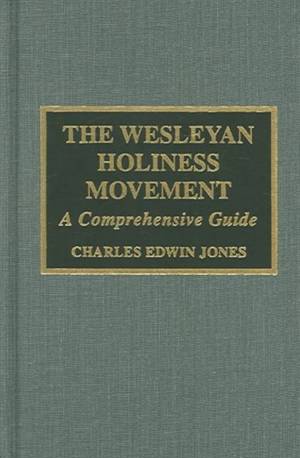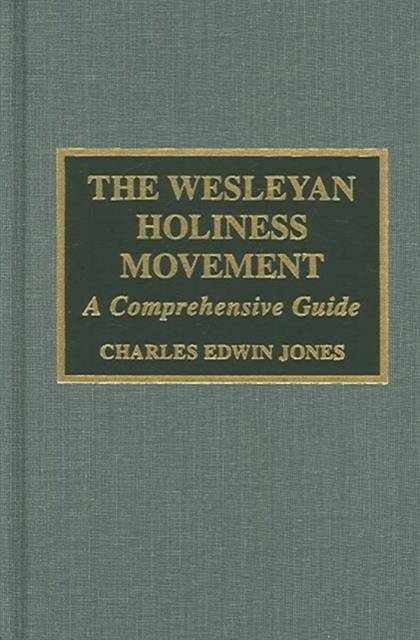
- Retrait gratuit dans votre magasin Club
- 7.000.000 titres dans notre catalogue
- Payer en toute sécurité
- Toujours un magasin près de chez vous
- Retrait gratuit dans votre magasin Club
- 7.000.000 titres dans notre catalogue
- Payer en toute sécurité
- Toujours un magasin près de chez vous
Description
The Wesleyan Holiness Movement began out of the teachings of John Wesley, who held that Christ's atonement provided sufficient grace for the believer to live in this world continually loving God and neighbor unconditionally, although the believer's expressions of that love would not be perfect. Since its founding, different movements have been spawned and have interpreted Wesley's doctrine in their own way. The two volumes presented here represent the first installation of a three-part series that greatly expands upon Charles Jones's landmark 1974 work. This work focuses on the Wesleyan Holiness Movement, while the third and fourth volumes have the Keswick Movement and the Holiness Pentecostal Movement as their focal points. This series provides materials for study of doctrine, worship, institutional development and personalities, as well as antecedent and related movements. It will serve to illustrate the history both of the Holiness Movement and the rural-urban transition in which it developed. Theological reconsiderations, realignments, and changes, as well as the nearly exponential growth of the Movement since the book's publication, make these new publications almost absolutely necessary. The guides retain all of the good and strong qualities exhibited in the first edition, and have strengthened them. Students and scholars of the Holiness Movement will not want to be without this book.
Spécifications
Parties prenantes
- Auteur(s) :
- Editeur:
Contenu
- Nombre de pages :
- 1904
- Langue:
- Anglais
- Collection :
- Tome:
- n° 50
Caractéristiques
- EAN:
- 9780810854338
- Date de parution :
- 01-11-05
- Format:
- Livre relié
- Format numérique:
- Genaaid
- Dimensions :
- 154 mm x 220 mm
- Poids :
- 2481 g







